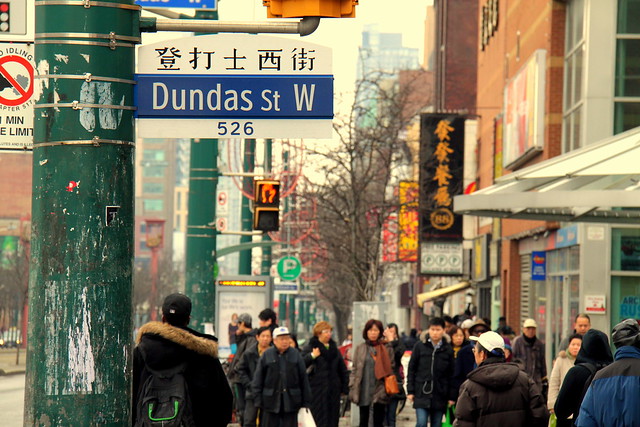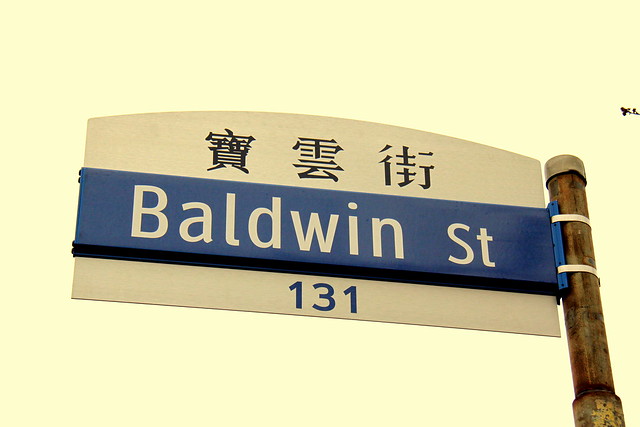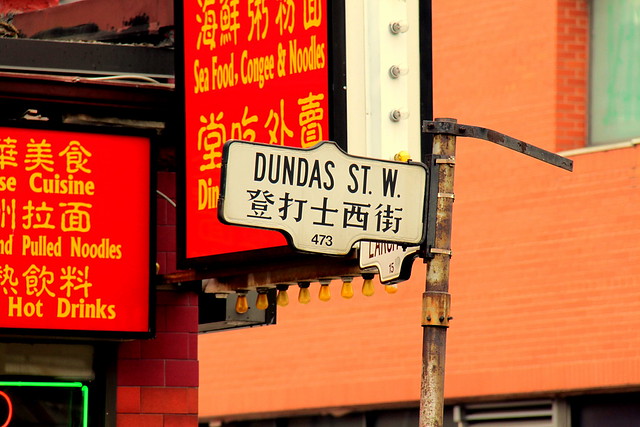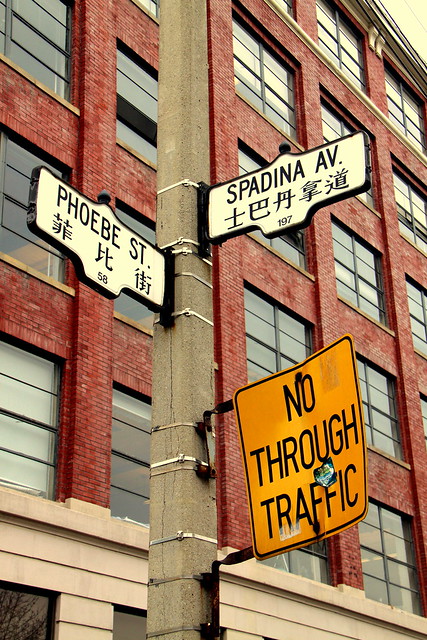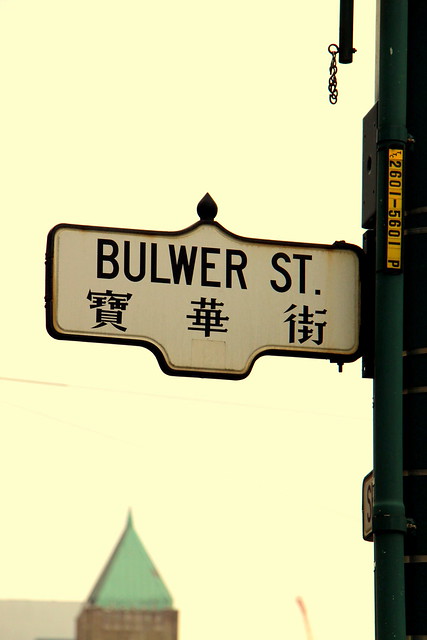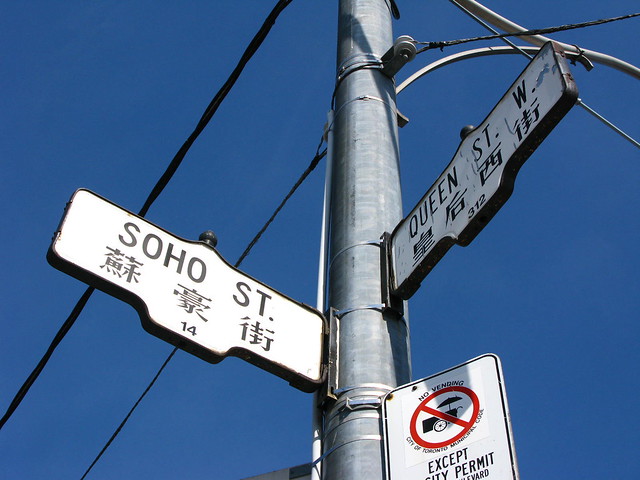golodhendil
Active Member
haha you're welcome.. must be "teacher's blood" in me, always love to go into long-winded explanations of things given the slightest provocation
人 is one of the most ancient characters, of the "pictogram" class of characters and supposed to diagrammatically represent a human as seen from the side (in earlier forms the left stroke is shorter, supposed to represent the arms, and the right stroke is longer and represents the legs)
(here you go:
 )
)
in mandarin it would be "ren" (to be perfectly accurate, "r" is pronounced like the "s" in "measure" but with a more rolled tongue; "e" is a short schwa.. but it sounds approximately like "run")
in cantonese it would be "jan" (with the "j" actually being a "y" sound, and the "a" again more like the "u" in run)
i'm not going to go into the tones because that adds a whole another level of complexity
the most original character for woman is 女 (nü in mando, nuy in canto), the pictogram for a woman with breasts
 .. the character for "man" (as in male) is actually 男 (nan in mando, naam in canto), which is of the class of "joined meaning" characters, combining two original pictograms in order to "join" their meanings, in this case combining 田 (field) with 力 (strength) to make 男, the gender with the strength to work the fields
.. the character for "man" (as in male) is actually 男 (nan in mando, naam in canto), which is of the class of "joined meaning" characters, combining two original pictograms in order to "join" their meanings, in this case combining 田 (field) with 力 (strength) to make 男, the gender with the strength to work the fields
the other two major classes of characters are "abstract meaning" (such as 一二三 for one two three, with their corresponding number of bars; or 上下 for up/above and down/below, indicated by the position of the dot relative to the bar)... and by far the most common, phonetic+meaning, which combines a "radical" indicating the general semantic category and a phonetic component roughly indicating the sound.. eg, 狗 combines the modified form of 犬 (the original character for dog) as the radical on the left, and 句 for the sound on the right.. but after 3000 years, the phonetic component usually isn't that good an approximation, eg now 句 is pronounced jü in mandarin / geuy in cantonese, while 狗 is gou in mandarin / gau in cantonese (notice how it sounds closer in cantonese)
if this is deemed to be too OT, we can start another thread or talk by PM or something
人 is one of the most ancient characters, of the "pictogram" class of characters and supposed to diagrammatically represent a human as seen from the side (in earlier forms the left stroke is shorter, supposed to represent the arms, and the right stroke is longer and represents the legs)
(here you go:

in mandarin it would be "ren" (to be perfectly accurate, "r" is pronounced like the "s" in "measure" but with a more rolled tongue; "e" is a short schwa.. but it sounds approximately like "run")
in cantonese it would be "jan" (with the "j" actually being a "y" sound, and the "a" again more like the "u" in run)
i'm not going to go into the tones because that adds a whole another level of complexity
the most original character for woman is 女 (nü in mando, nuy in canto), the pictogram for a woman with breasts

the other two major classes of characters are "abstract meaning" (such as 一二三 for one two three, with their corresponding number of bars; or 上下 for up/above and down/below, indicated by the position of the dot relative to the bar)... and by far the most common, phonetic+meaning, which combines a "radical" indicating the general semantic category and a phonetic component roughly indicating the sound.. eg, 狗 combines the modified form of 犬 (the original character for dog) as the radical on the left, and 句 for the sound on the right.. but after 3000 years, the phonetic component usually isn't that good an approximation, eg now 句 is pronounced jü in mandarin / geuy in cantonese, while 狗 is gou in mandarin / gau in cantonese (notice how it sounds closer in cantonese)
if this is deemed to be too OT, we can start another thread or talk by PM or something
Last edited:





